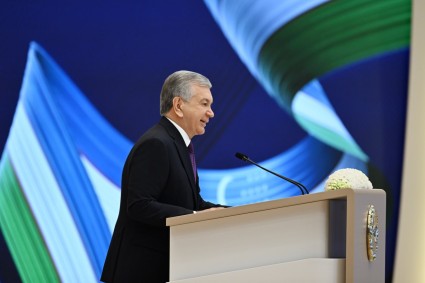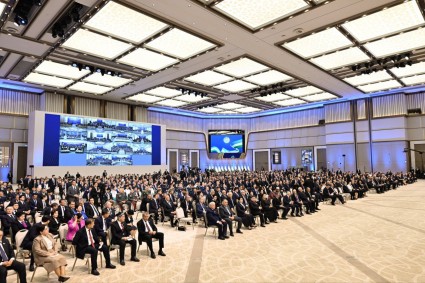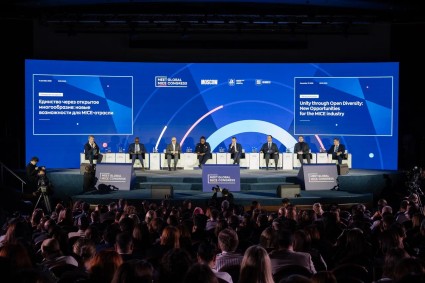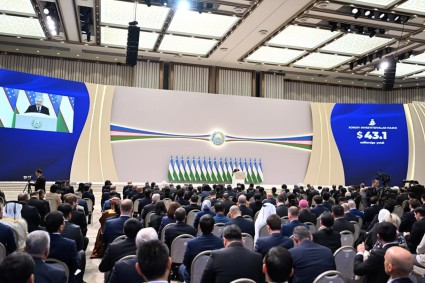Preparations to tackle the legacy of former uranium mining sites in Uzbekistan can begin, following the signing of a grant agreement today between the Environmental Remediation Account for Central Asia (ERA) and the government of Uzbekistan.
The €2 million grant will support a recently established Project Management Unit (PMU), which will be dealing with the environmental remediation of the former uranium mining sites at Yangiabad and Charkesar, located in the mountains east of the Uzbek capital Tashkent.
The grant agreement was signed at a hybrid ceremony attended by Balthasar Lindauer, EBRD Director, Nuclear Safety Department, and Islombek Boqijonov, Deputy Chairman of the State Committee for Ecology and Environmental Protection of Uzbekistan. The signing follows the approval of an updated Strategic Master Plan (SMP) for resolving the uranium legacy in Central Asia.
As a first step, the PMU can start preparing the necessary tender documentation for remediation works at the two sites. Physical work on the ground is expected to begin in the third quarter of 2022 and will take approximately two years to complete.
Located at an altitude of 1,300 metres in an area with a high risk of seismic activity, and around 70 km from Tashkent, Yangiabad was a uranium mining site for nearly 40 years. It is spread across a 50 km2 area and contains about 2.6 million m3 of radioactive waste. Planned remediation works include closing four shafts, demolishing contaminated buildings and processing facilities, relocating several waste rock dumps to a central covered dump and other associated activities.
The village of Charkesar, located in the mountains 140 km to the east of the Uzbek capital, was a uranium mining site until 1995 and is still home to approximately 3,500 people. Planned remediation works at this site include the closure of two shafts and the demolition of abandoned buildings.
The SMP was approved in September 2021 by the Kyrgyz Republic, Tajikistan and Uzbekistan, as well as the International Atomic Energy Agency (IAEA), the European Union (EU), the EBRD and the Russian State Atomic Energy Corporation (Rosatom). It will serve as an example of how to coordinate nuclear remediation activity at priority sites.
The ERA, established in 2015 at the initiative of the EU and managed by the EBRD, addresses the legacy of Soviet uranium mining in Central Asia. The EU is the ERA’s biggest donor, while contributions have also been made by Belgium, Lithuania, Norway, Spain, Switzerland and the United States of America.











